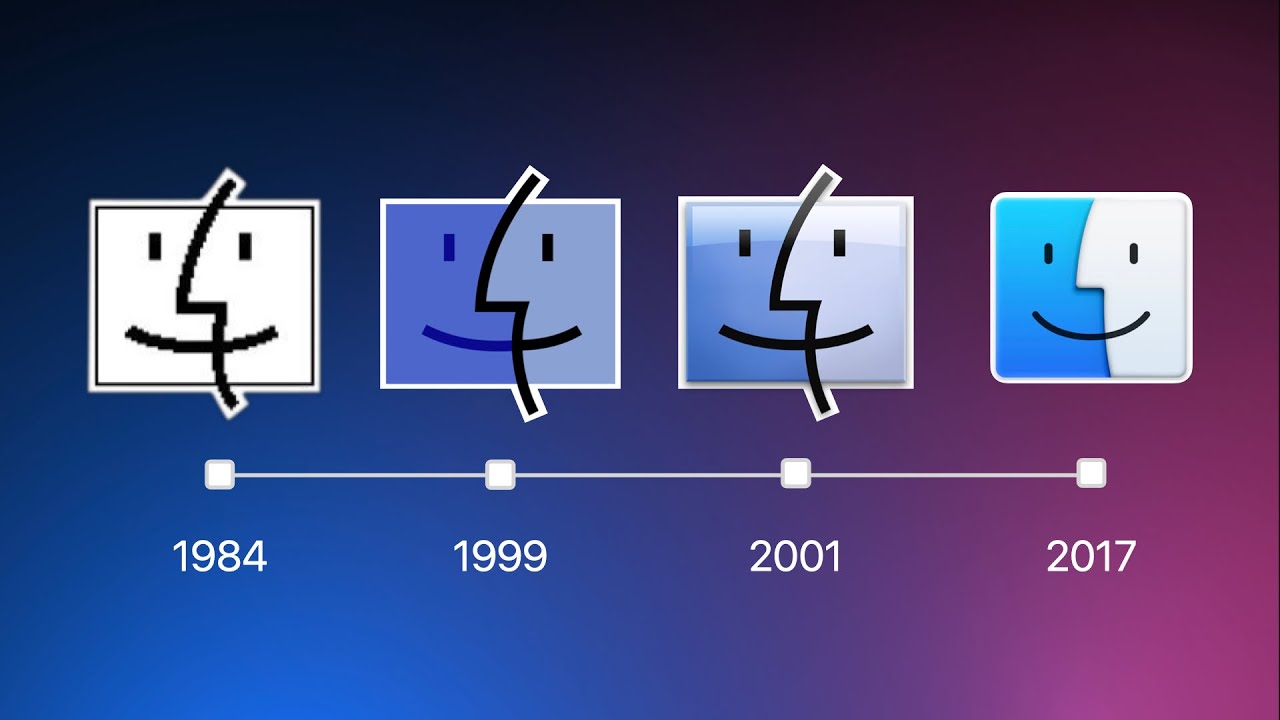Evolution of Mac and iOS is a fascinating story that spans several decades and has revolutionized the way we live and work. It all began in 1984 when Apple introduced the Macintosh, the world’s first personal computer with a graphical user interface. This groundbreaking technology made computing accessible to everyone, regardless of technical expertise, and paved the way for the modern computing era.
Over the years, the Mac has continued to evolve and innovate, introducing new technologies and features that have set the standard for design, functionality, and usability. In 1991, Apple introduced the PowerBook, the first laptop computer that offered portability and convenience without sacrificing performance. The PowerBook was a game-changer, and it set the stage for the MacBook Pro, which is still one of the most popular laptops in the world today.
In the early 2000s, Apple introduced the iMac, an all-in-one desktop computer that featured a sleek design and advanced features. The iMac quickly became a hit with consumers, and it helped to establish Apple as a leader in the personal computing industry. Today, the iMac continues to be a popular choice for users who want a powerful, all-in-one computer that can handle everything from gaming to video editing.
In 2007, Apple introduced the iPhone, a revolutionary mobile device that would change the way we communicate, work, and play. With its sleek design, intuitive interface, and powerful capabilities, the iPhone quickly became a global phenomenon, setting the standard for mobile devices for years to come. Over the years, Apple has continued to refine and improve the iPhone, introducing new features such as Face ID, 5G connectivity, and advanced camera technology.
In 2010, Apple launched the iPad, a tablet device that would redefine the computing landscape. With its large touch screen, portability, and ease of use, the iPad became a popular choice for both personal and business use, and it helped to usher in a new era of mobile computing. Today, the iPad remains a popular choice for users who want a powerful, versatile device that can handle everything from gaming to productivity.
One of the key features of Apple’s ecosystem is its seamless integration between devices. With features such as Handoff, Continuity, and AirDrop, users can easily move between their iPhone, iPad, and Mac, sharing information, files, and apps without missing a beat. This integration has helped to create a cohesive user experience that is unmatched by other companies in the industry.
Apple’s iOS operating system has been at the heart of its mobile devices since the introduction of the iPhone in 2007. With its intuitive interface, sleek design, and advanced features, iOS has become one of the most popular mobile operating systems in the world. Over the years, iOS has evolved to include new features such as Siri, Apple Pay, and the App Store, which now features millions of apps from developers around the world.
Another important aspect of Apple’s ecosystem is its commitment to user privacy and security. Apple has always placed a high value on protecting its users’ personal information, and it has introduced features such as Touch ID and Face ID to make it easier for users to keep their devices secure. Additionally, Apple’s App Store has strict guidelines and requirements for developers, ensuring that users can download apps with confidence and without fear of malware or other security threats.
In conclusion, the evolution of Mac and iOS is a testament to Apple’s commitment to innovation, creativity, and user experience. From the early days of personal computing to the modern era of mobile devices and the cloud, Apple has consistently pushed the boundaries of what is possible, setting the standard for design, functionality, and usability. As Apple continues to evolve and grow, it will be exciting to see what new innovations and technologies they will introduce in the years to come

